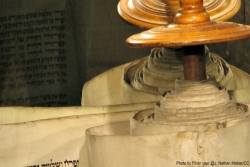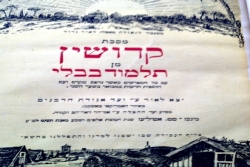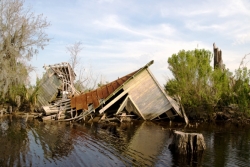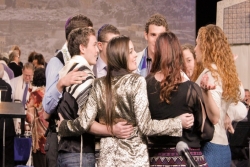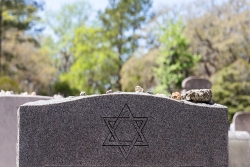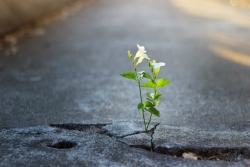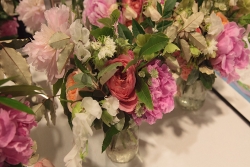Why Avinu Malkeinu is So Important After the Year We've Had
Every summer, I go through the same routine.
Tipping the Scales: Returning to Germany for the Days of Awe
One of my most precious possessions is a copy of the Talmudic tractate Kiddushin printed in Munich in 1946 on presses once used for Nazi propaganda.
The Music of N’ilah – Part One
By Cantor Barbara R. Finn
How the Yom Kippur After Hurricane Katrina Changed Me Forever
“On Rosh HaShanah, the year’s decree is written, and on Yom Kippur it is sealed, who will live and who will die…”
Home is Where the Jewish Community Is
Nothing is more intimidating than leaving your comfort zone, facing a mix of new people, routines, and cultures – especially when you're doing it alone. I’ll never forgot how it felt when I left for college, a New York girl heading to school in the Midwest.
How Meditation is Preparing Me for the High Holidays
In June, I saw a post in a local Facebook group that intrigued me: "Stop! Take a break! Join us for Group Meditation in the City."
Why is it customary to visit loved ones' graves before or during the High Holidays?
Jewish tradition gives structure to many aspects of mourning as a way to create order at a time when mourners may feel unmoored.
The Season of Healing
The High Holidays are a time of introspection and self-assessment in anticipation of repentance, forgiveness, thanksgiving and rejoicing. It is a season of healing.
Can my fiancé and I get married between Rosh HaShanah and Yom Kippur?
Although Jewish weddings may take place on the days in between the Jewish High Holidays, it is generally discouraged because during that period, also known as the Days of Awe, we are focused on the solemn themes of the season.
